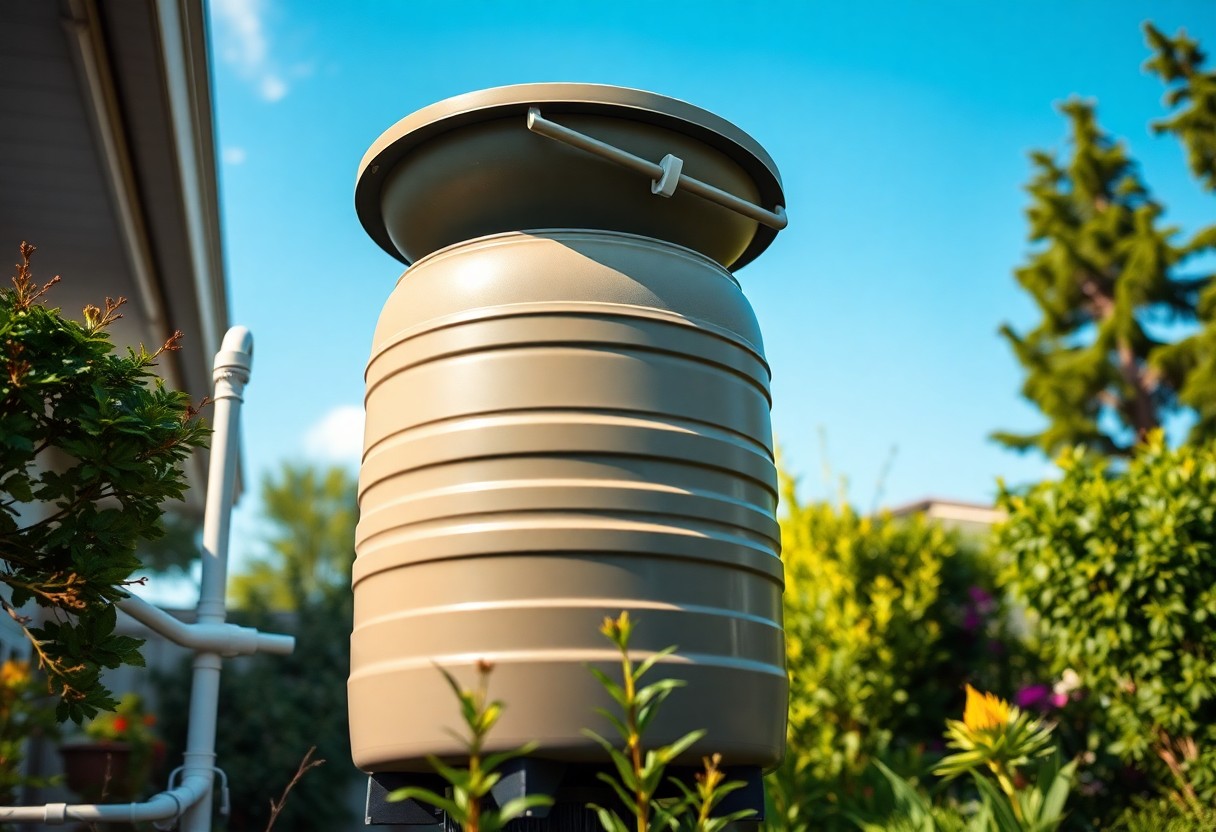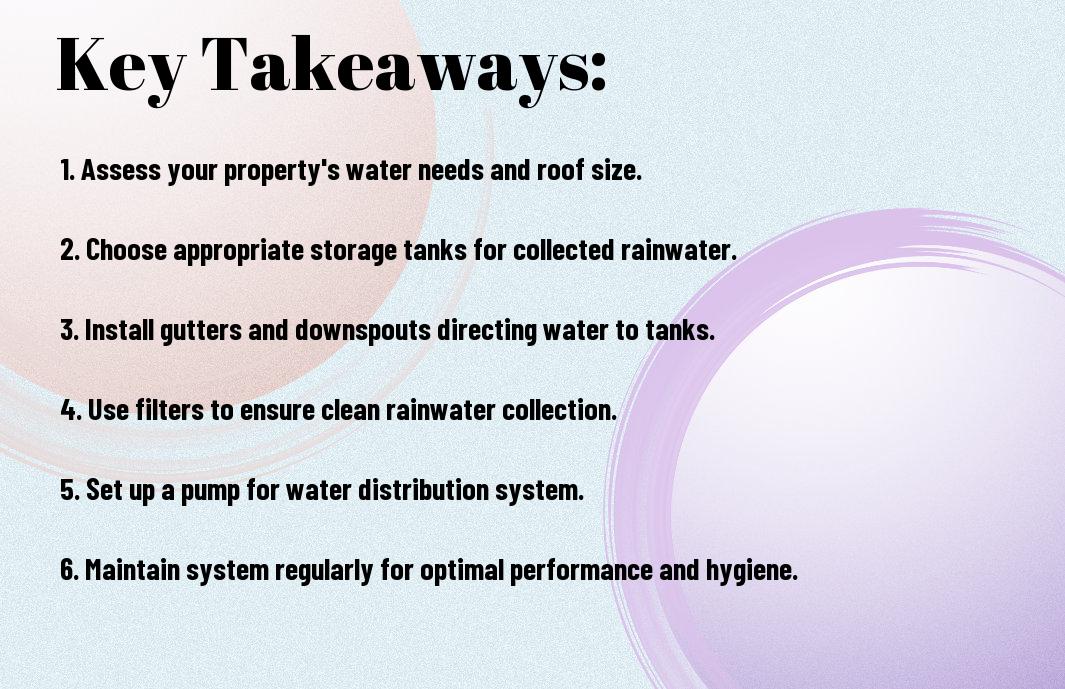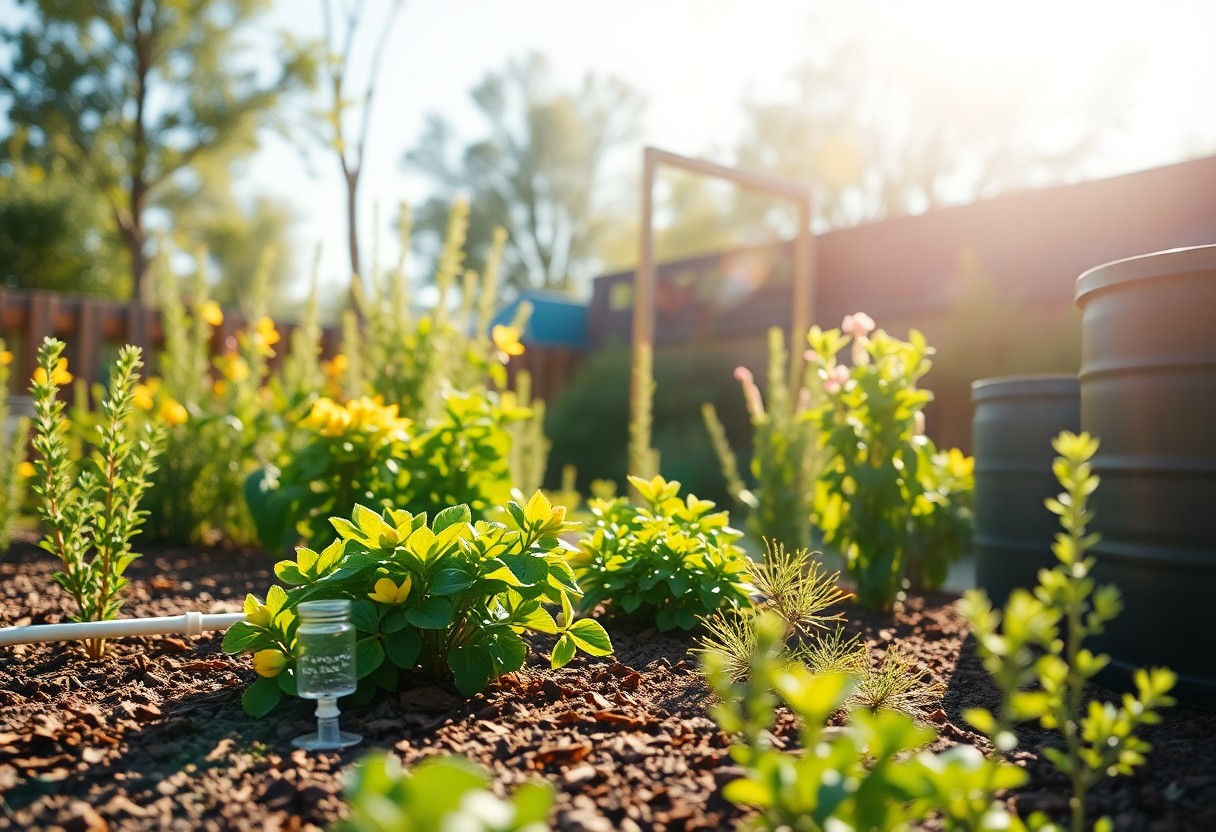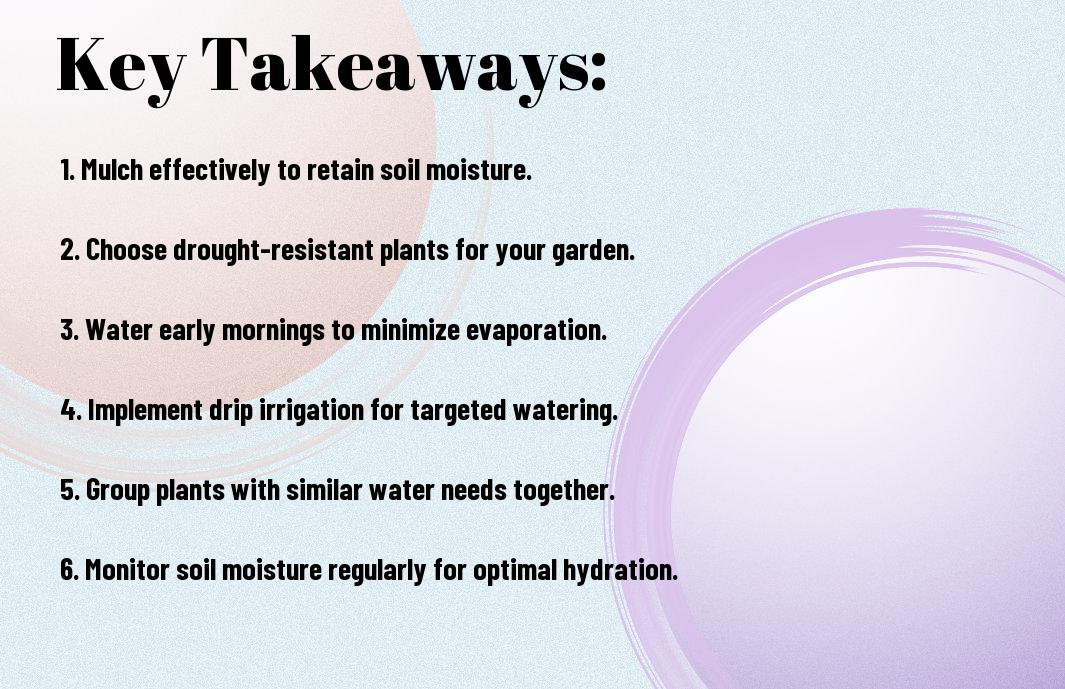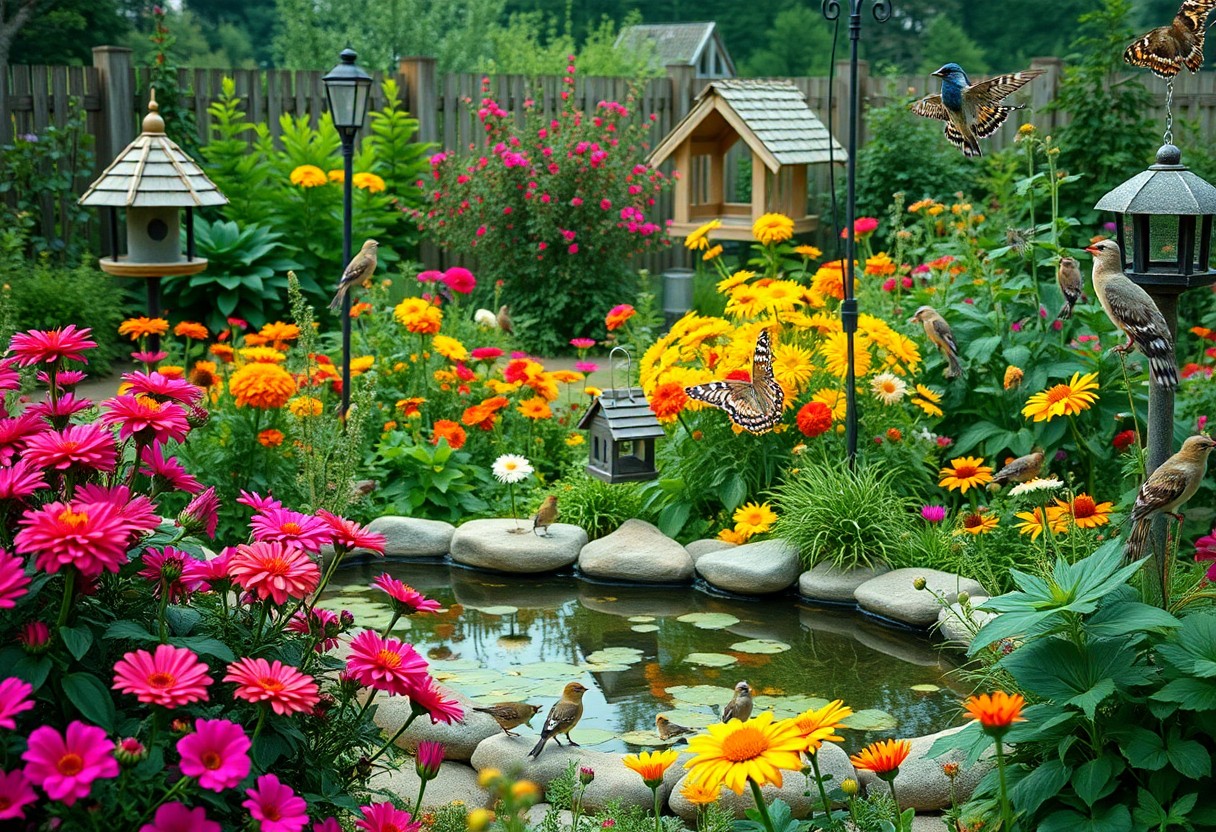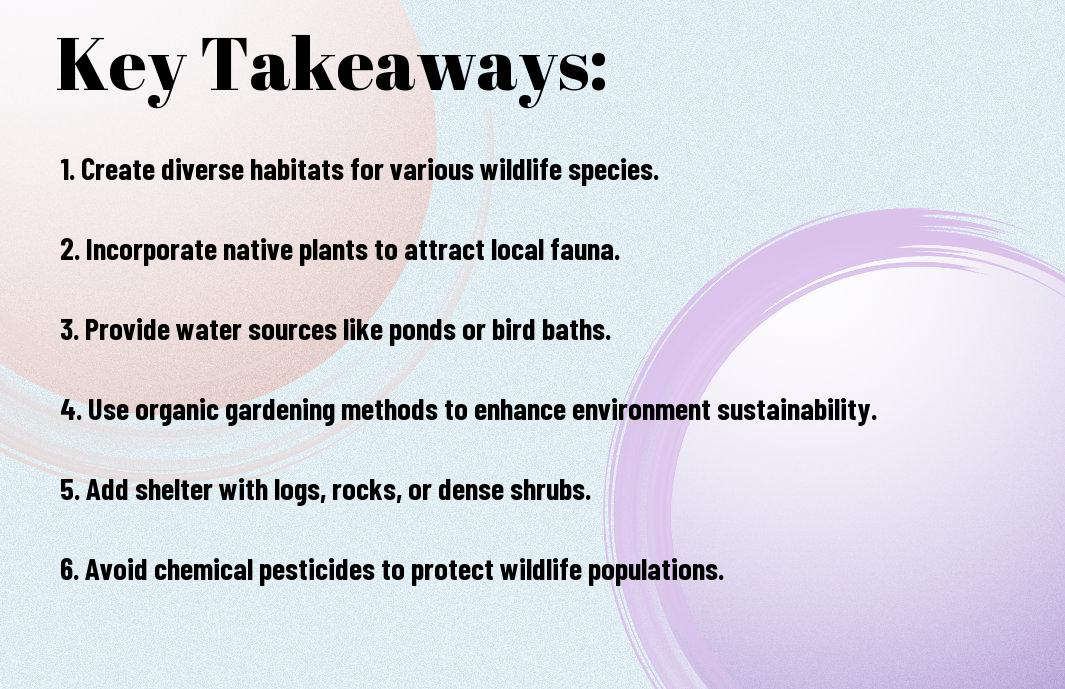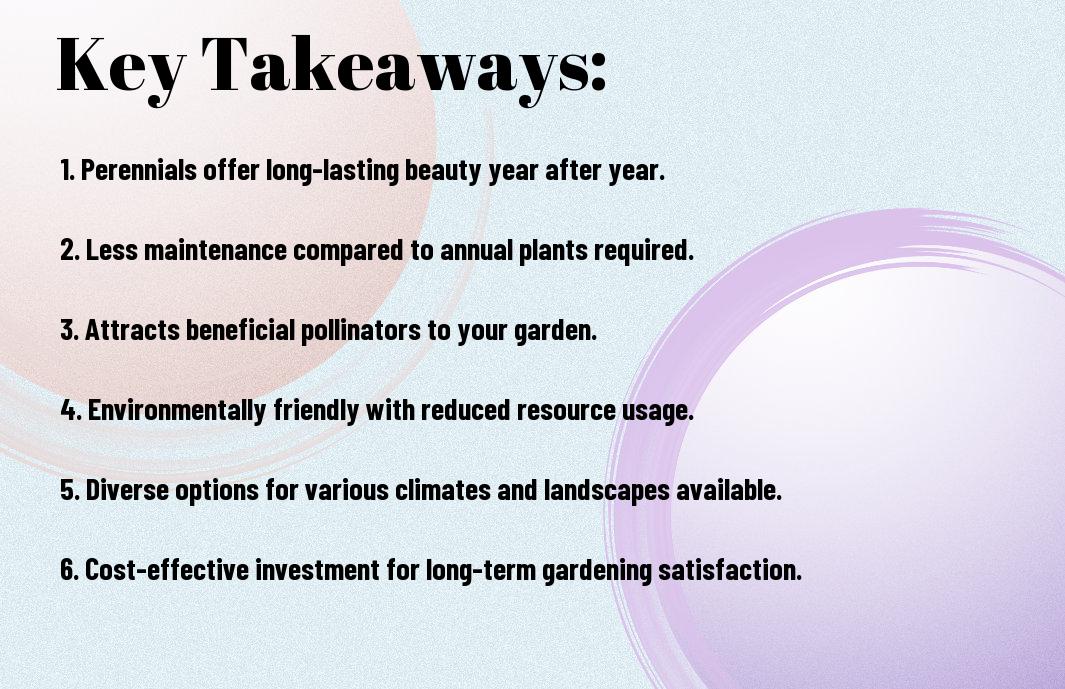As you consider reducing your environmental footprint and saving on utility bills, you’ll find that making your home more energy efficient is a great place to start. You can begin by implementing simple changes to your daily habits and home maintenance. For more information on getting started, you can check out 10 Easy Ways to Save Money & Energy in Your Home, which provides valuable tips and advice. You’ll be on your way to a more sustainable and cost-effective living space.
Key Takeaways:
To make your home more energy efficient, consider the following points:
- Using LED bulbs can significantly reduce your energy consumption, as they use up to 90% less energy than traditional incandescent bulbs.
- Sealing air leaks around doors, windows, and ducts can help prevent heated or cooled air from escaping, reducing your energy bills and making your home more comfortable.
- Upgrading to energy-efficient appliances can also make a big difference, as they are designed to use less energy while still providing the same level of performance as traditional appliances.
Simple Swaps
While making your home more energy efficient, you can start with simple changes. Visit 12 Ways to make your home more energy efficient for inspiration.
Replace Traditional Light Bulbs
Around your home, switching to LED bulbs can significantly impact your energy consumption, helping you save money on your utility bills.
Upgrade to Power-Strip Surge Protectors
Traditionally, you may have been using basic power strips, but upgrading to surge protectors can protect your devices and reduce standby power consumption.
Even with these upgrades, you can take it a step further by plugging your devices into the power strip and turning it off when not in use to eliminate standby power consumption, making your home more energy efficient and saving you money in the long run.
Smart Home Devices
The integration of smart home devices can significantly improve your home’s energy efficiency. You can control and monitor your energy usage remotely, making it easier to identify areas of waste and make adjustments.
Invest in a Smart Thermostat
Across various smart home devices, a smart thermostat is an excellent starting point, allowing you to regulate your home’s temperature and optimize your heating and cooling systems for maximum energy savings.
Install Smart Power Outlets
After assessing your energy usage, consider installing smart power outlets, which enable you to control and monitor the energy consumption of individual appliances and devices, helping you to reduce standby power consumption.
Install smart power outlets in areas where you use the most energy, such as your home office or entertainment room, and you will be able to track and control the energy usage of your devices, making it easier for you to make your home more energy efficient.
Energy-Efficient Appliances
Despite the initial higher cost, energy-efficient appliances can save you money in the long run. They consume less energy, reducing your utility bills and environmental impact. You can start by replacing your old appliances with energy-efficient ones, which will make a significant difference in your home’s overall energy efficiency.
Choose Energy Star Rated Refrigerators
Appliances like refrigerators account for a significant portion of your energy consumption. You should look for Energy Star rated refrigerators, which are designed to consume less energy while maintaining performance. This will help you reduce your energy bills and minimize your carbon footprint.
Select Front-Loading Washing Machines
Below your kitchen, your laundry room can also benefit from energy-efficient appliances. You can select front-loading washing machines, which use less water and energy than traditional top-loading machines. This will not only save you money but also help reduce your water consumption.
Plus, front-loading washing machines are designed to be gentler on your clothes, which means they will last longer. You will also have the option to choose from various cycles and settings, allowing you to customize your wash according to your needs. This flexibility, combined with energy efficiency, makes front-loading washing machines a great choice for your home.
Insulation and Drafts
Not addressing insulation and drafts in your home can lead to significant energy losses. You can reduce heat transfer and minimize energy bills by properly insulating your home.
Seal Air Leaks Around Windows and Doors
About 30% of your home’s heat can escape through gaps around windows and doors. You can seal these air leaks using weatherstripping or caulk to prevent heat from escaping.
Add Insulation to Attics and Walls
For maximum energy efficiency, you should add insulation to your attics and walls. You can use materials like fiberglass, cellulose, or foam board to insulate these areas.
Walls and attics that are not well-insulated can account for a significant portion of your home’s heat loss. You can check your attic and walls to determine if they have sufficient insulation, and add more if necessary to achieve optimal energy efficiency in your home.
Water Conservation
Many simple changes can help you make your home more water efficient. By implementing a few key strategies, you can significantly reduce your water consumption and lower your utility bills.
Install Low-Flow Showerheads and Faucets
Prior to making any major changes, consider installing low-flow showerheads and faucets, which can greatly reduce the amount of water you use without sacrificing performance, allowing you to save water and money.
Fix Leaky Taps and Toilets
For instance, a single leaky tap can waste up to 20 gallons of water per day, so fixing these issues is important to conserving water in your home, and you can start by checking your taps and toilets for any leaks.
Indeed, fixing leaky taps and toilets is a simple and effective way to conserve water, and you can do this by replacing worn-out washers or gaskets, and checking your toilet flapper to ensure it is sealing properly, which will help you save water and reduce your water bills, and you can also consider installing dual-flush toilets and low-flow faucet aerators to further reduce your water consumption.
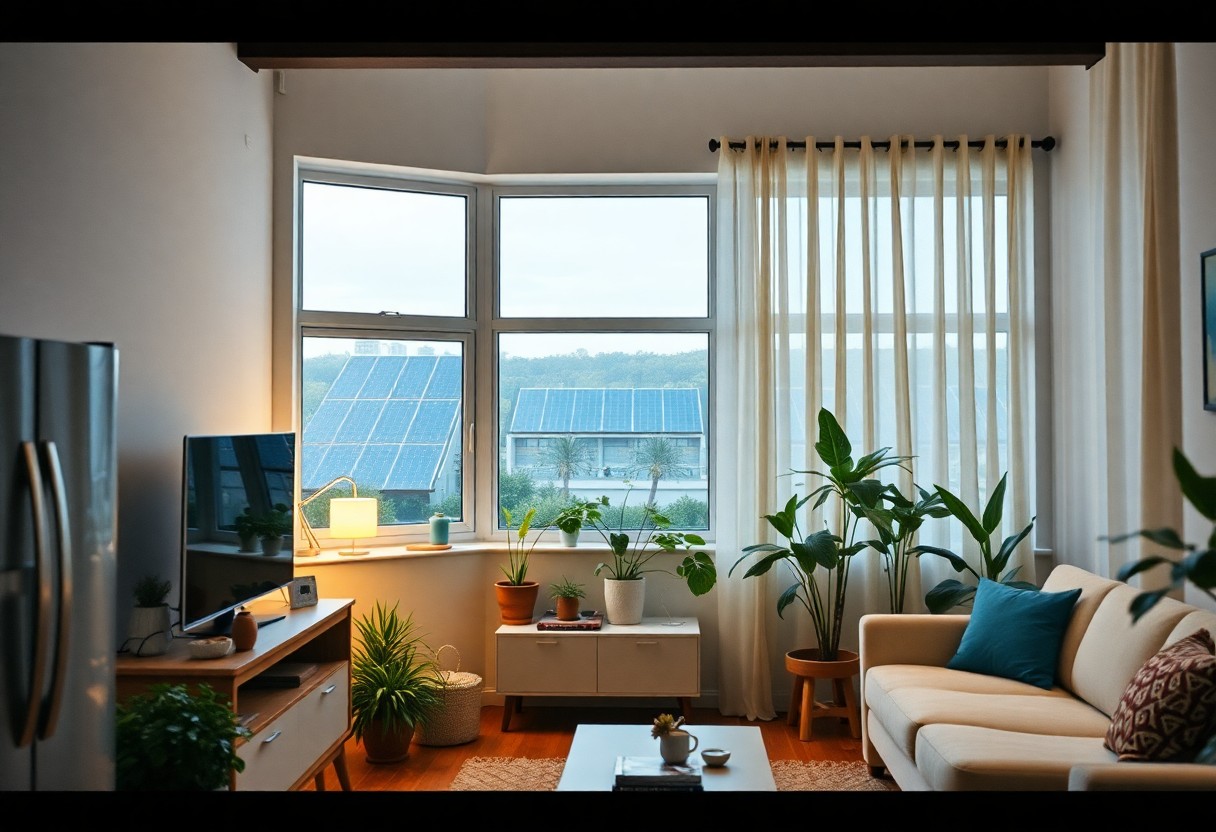
Renewable Energy Sources
Unlike traditional energy sources, renewable energy sources can significantly reduce your carbon footprint and energy bills. You can harness energy from natural sources to power your home, reducing your reliance on non-renewable energy.
Consider Solar Panel Installation
Before investing in solar panels, you should assess your roof’s suitability and local building regulations to ensure a smooth installation process. You can then enjoy the benefits of solar energy and reduce your energy costs.
Explore Wind Energy Options
Around your location, you may have opportunities to harness wind energy, which can be a viable alternative to traditional energy sources. You can consider installing a small wind turbine to power your home.
And as you examine deeper into wind energy options, you’ll find that it can be an efficient way to generate electricity, especially if you live in an area with consistent wind speeds. You can assess your property’s wind potential and explore different turbine types to find the best fit for your energy needs.
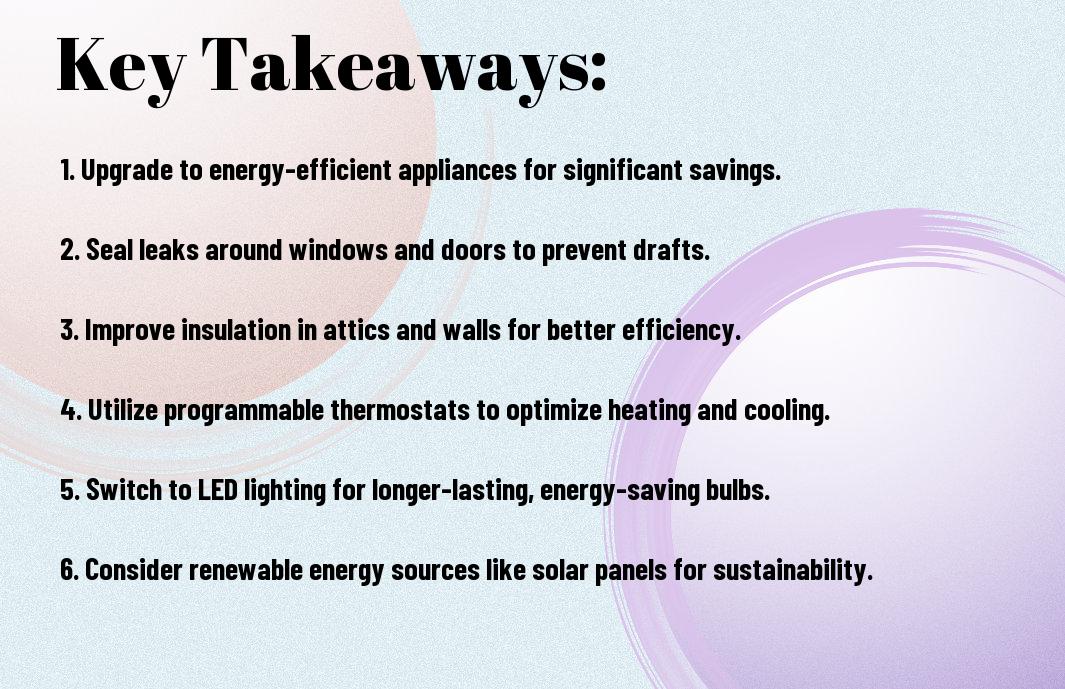
Conclusion
From above, you can see that making your home more energy efficient is within your reach. You can apply these 10 ways to reduce your energy consumption and lower your bills. By implementing these simple and effective methods, you will make your home more eco-friendly and save money on your utility bills, making your living space more comfortable and sustainable for you and your family. You will be contributing to a better environment by reducing your carbon footprint.
FAQ
Q: What are the benefits of making my home more energy efficient?
A: Making your home more energy efficient can have numerous benefits, including reducing your energy consumption, lower utility bills, and a decrease in your carbon footprint. By implementing energy-efficient measures, you can also increase the value of your home, improve indoor air quality, and enhance the overall comfort and livability of your space.
Q: What are some simple ways to make my home more energy efficient without breaking the bank?
A: There are several simple and affordable ways to make your home more energy efficient, such as switching to energy-efficient light bulbs, sealing air leaks and drafts, and adjusting your thermostat to use less energy for heating and cooling. Additionally, using power strips to plug in electronics and turning them off when not in use can also help reduce standby power consumption. These small changes can make a significant impact on your energy usage over time.
Q: How can I reduce heat loss in my home during the winter months?
A: To reduce heat loss in your home during the winter months, you can take several steps, including installing insulation in your attic, walls, and floors, and sealing any gaps or cracks around windows and doors. You can also use thick curtains or drapes to help keep warm air in and cold air out, and consider installing storm windows or replacing old windows with energy-efficient ones. Furthermore, maintaining your heating system regularly and using a programmable thermostat can also help optimize your heating system’s performance.
Q: Are energy-efficient appliances worth the investment?
A: Yes, energy-efficient appliances are worth the investment, as they can help you save money on your utility bills and reduce your environmental impact over time. Look for appliances with the ENERGY STAR label, which indicates that they meet energy efficiency standards set by the U.S. Environmental Protection Agency. Although energy-efficient appliances may be more expensive upfront, they can provide long-term savings and help pay for themselves through reduced energy consumption.
Q: Can I make my home more energy efficient if I’m a renter?
A: Yes, there are still several ways to make your home more energy efficient even if you’re a renter. You can start by talking to your landlord about making energy-efficient upgrades, such as installing energy-efficient light bulbs or adjusting the thermostat. You can also take simple steps like using power strips, unplugging electronics when not in use, and using thick curtains or drapes to help keep your space warm or cool. Additionally, you can consider using portable energy-efficient appliances, such as a space heater or a portable air conditioner, to help reduce your energy consumption.
